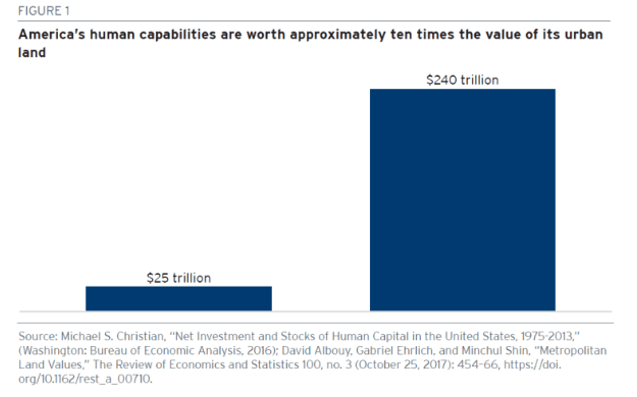The work of @HarvardHBS economist @william_r_kerr was brought to my attention by our group’s head #economist, Jonathan Pingle, and Kerr argues that human #talent, rather than the physical capital stock, or land, is far-and-away the country’s most valuable resource.
At an estimated value of $240 trillion, the knowledge and talents of the U.S. #workforce dwarf the estimated value of all the urban #land in the country, and by a factor of nearly ten! 

While that might seem unfathomable at first, to anyone who has run a large organization of extraordinarily #talented individuals it seems perhaps less surprising. I’ve long known that the #team one is surrounded by is the difference between success and failure in #investing.
To that end, I’d like to wish all those people on my #team a happy #holiday season and I greatly look forward to our work together in 2020 and beyond!
• • •
Missing some Tweet in this thread? You can try to
force a refresh






